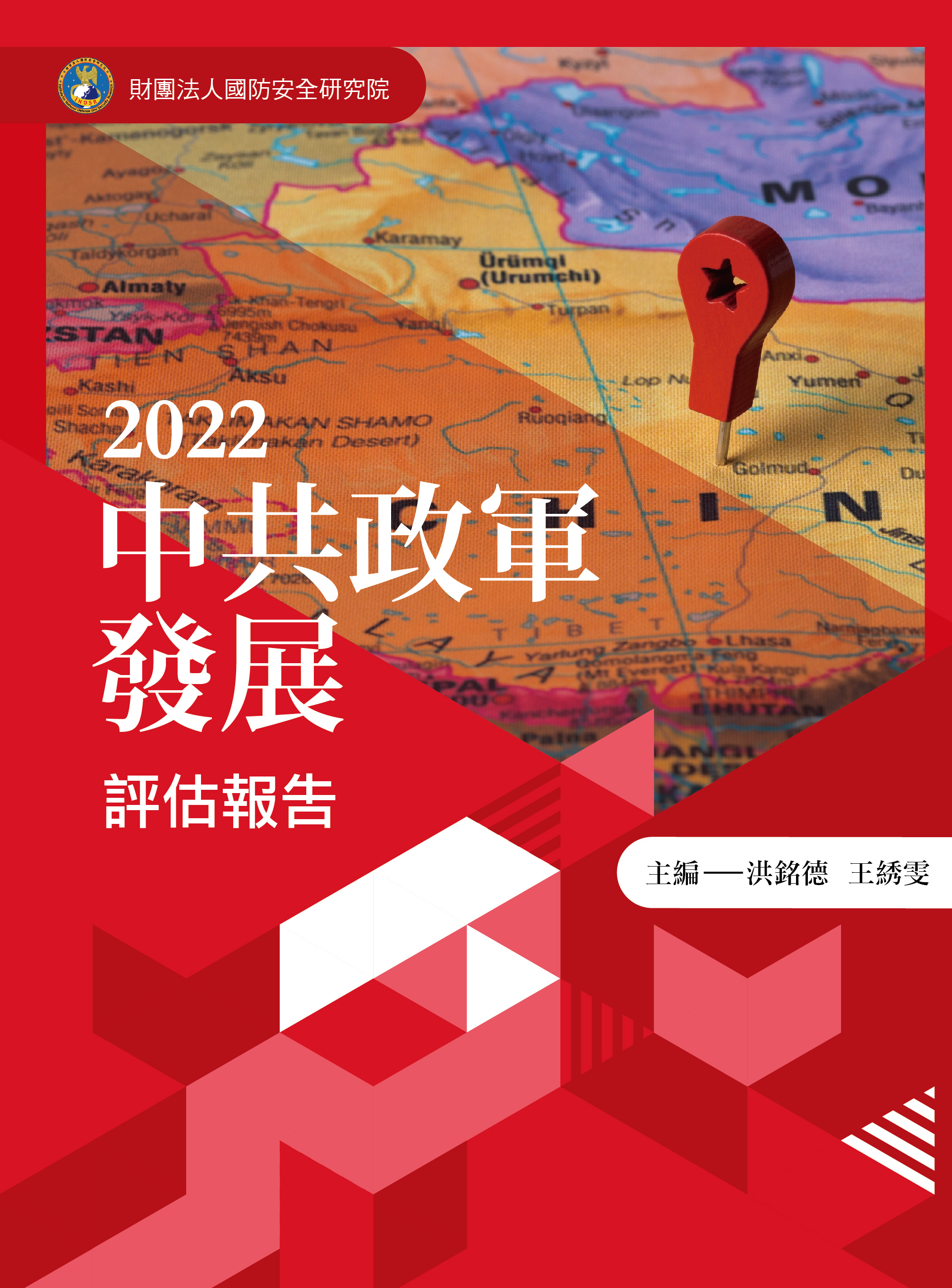Chapter 11 The Implications of China’s Space Station Construction
2023.01.18
Views
441
PDF link:第十一章 中國太空站建設之意涵.pdf
Abstract
Space station construction is a demonstration of a country’s comprehensive strength and key to the great powers' struggle for space power. Space station construction involves not only advanced technologies in the fields of mechanics, electronics, materials, communications, basic scientific research, and launch vehicles, but also the deployment of materials and manpower, program execution and control, and other organizational and operational capabilities, and must be supported by adequate budgets and economic power. China’s space stations will threaten the US space hegemony since the Cold War. China decided the “three-step” strategy for manned spaceflight in 1992. The Tiangong-1 launched in 2011 is the “second step” of the“three-step” strategy. After years of launch and docking tests, the Tiangong space station is now operational. Because the construction has been completed in 2022, China become the third country to build a space station on its own, after the United States and the old Soviet Union. In terms of technology application, the Tiangong space station’s autonomous rapid rendezvous and docking, robotic arms, and flexible solar cell wings are all operated by artificial intelligence. The “Hall Effect Thruster ” used in the Tianhe core module is the world's first electric propulsion system on a manned spacecraft, and the digital bilocation ( digital twins) can carry out experimental activities such as real-time monitoring and maintenance management. In addition to the use of new technologies, the “Long March” series of launch vehicles and the “Sky Link” relay satellite system are concrete demonstrations of China's space capabilities. The purpose of China's efforts to develop its space power is to develop a series of industries through the space sector, which can promote economic development and industrial upgrading. In terms of political diplomacy, the aim is to use space to make a big outreach to show that China has space power that is on par with the U.S. and Russia, and to challenge the long-held “space power” of the U.S. and Russia. Overall, the space station represents China's attempt to demonstrate its economic and technological development and military and political power to the international community, but China has been affected by COVID-19 and resource shortages in the past two years, and it remains to be seen whether the space station will be able to operate smoothly in the future.



